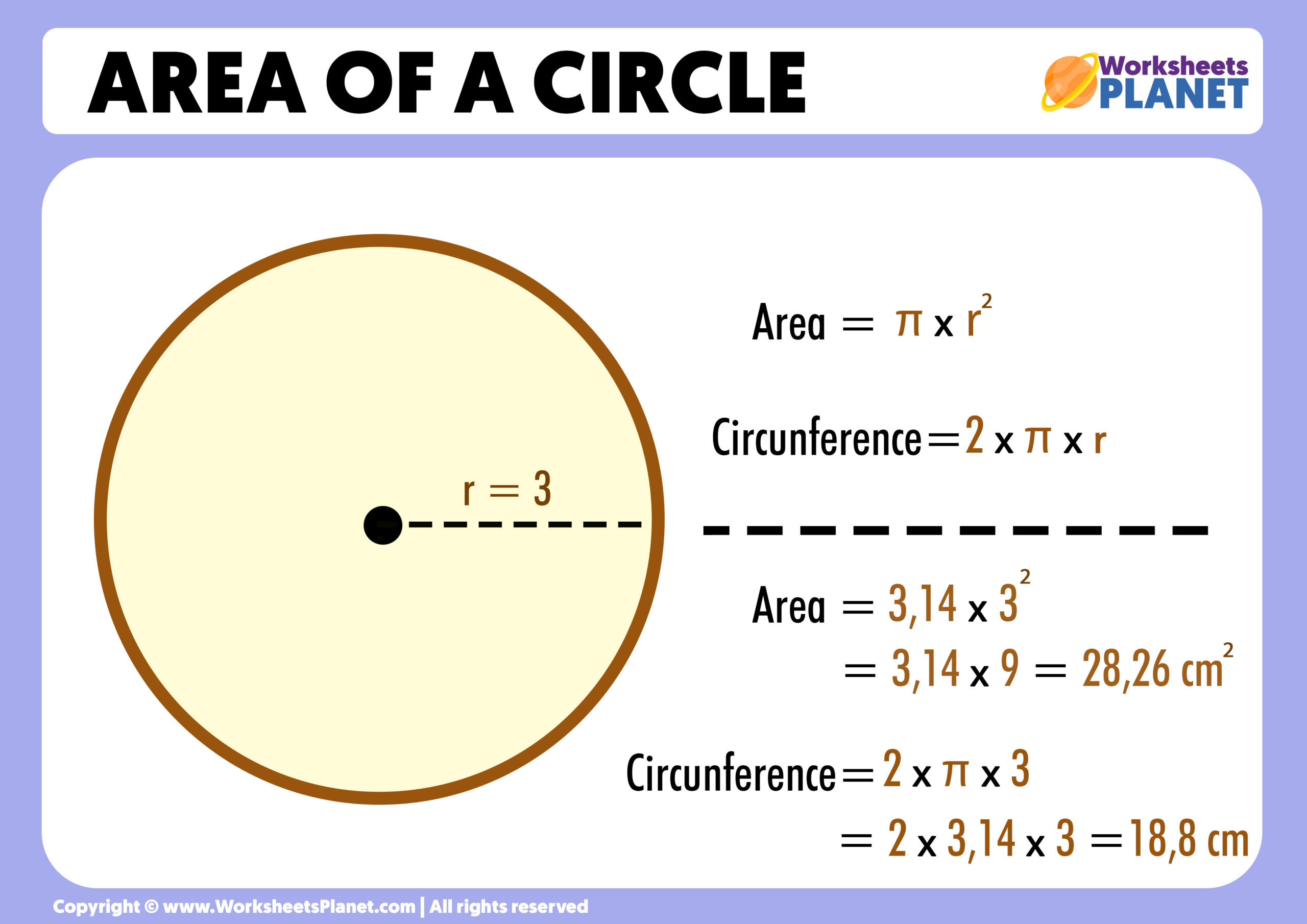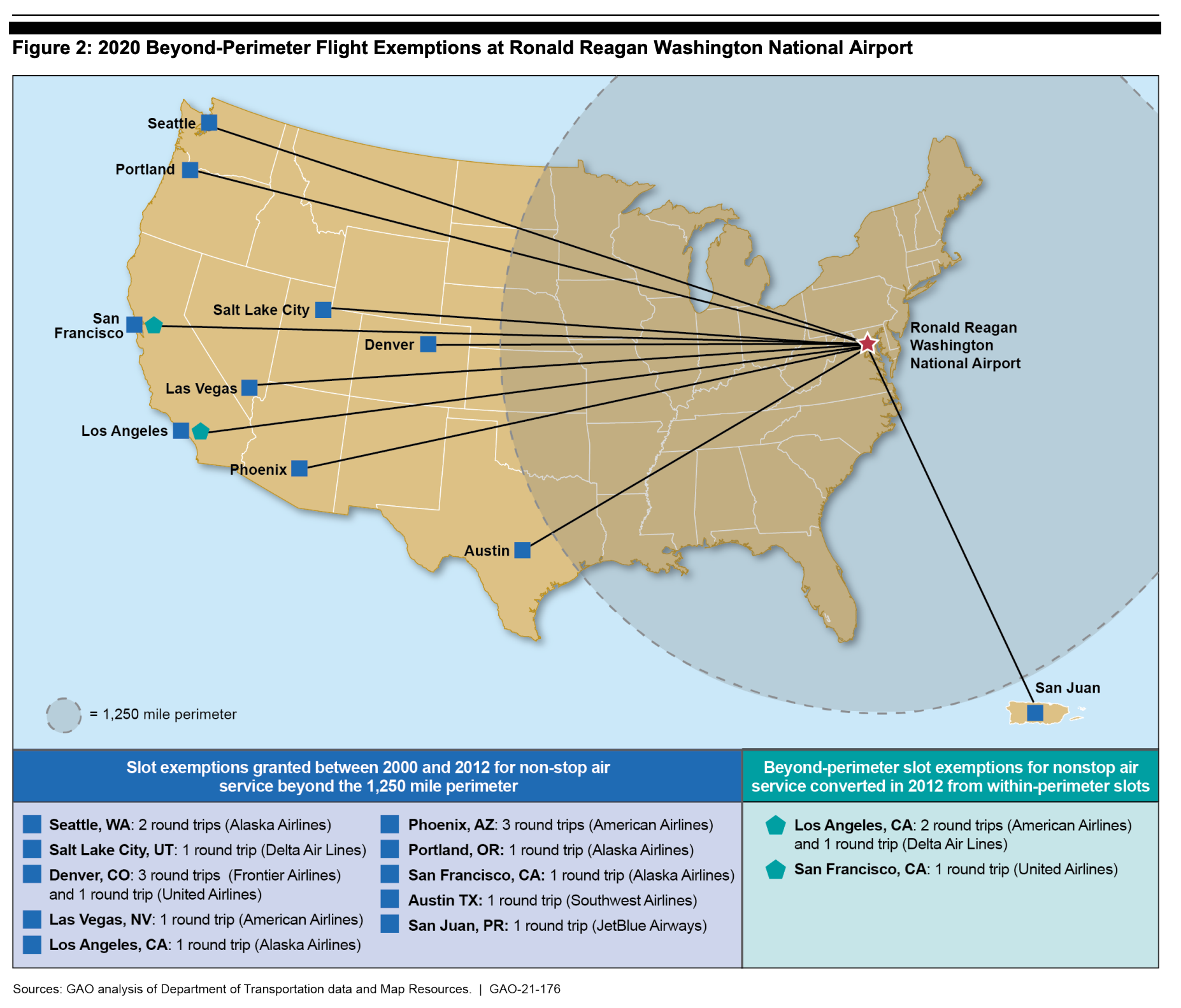Topic perimeter wall: Discover the fascinating world of perimeter walls, from ancient fortifications to modern security solutions, and how they shape our landscapes and protect our spaces.
Table of Content
- Definition and Purpose of Perimeter Walls
- YOUTUBE: Building a Perimeter Wall from Start to Finish
- Historical Significance of Perimeter Walls
- Types of Perimeter Walls
- Construction and Design Variations
- Cost Considerations
- Security Enhancements and Features
- Regulatory and Legal Considerations
- Maintenance and Upkeep
- Modern Trends and Innovations
- Environmental Impact and Sustainability
- Case Studies and Real-World Applications
Definition and Purpose of Perimeter Walls
A perimeter wall, often an integral part of architectural and property design, is a structure that encircles a specific area, typically the boundary of a property. Its primary purpose is to mark property lines, provide security, and ensure privacy. Perimeter walls have been used historically and continue to be relevant in modern times for both residential and commercial properties.
- Security: One of the main functions of a perimeter wall is to enhance the security of a property. It acts as a physical barrier to unauthorized entry, helping to protect the property from trespassers, burglars, and other potential intruders.
- Privacy: Perimeter walls offer privacy to the property owners, shielding their activities from public view and reducing noise pollution from outside sources.
- Demarcation: These walls clearly define the boundaries of a property, helping to avoid disputes with neighbors over property lines.
- Aesthetic Appeal: In addition to practical functions, perimeter walls can contribute to the aesthetic appeal of a property. They can be designed and built using various materials and styles to complement the architecture of the main building.
- Environmental Protection: Perimeter walls can provide protection against environmental factors such as wind and dust, and can also help in managing landscaping within the property.
Overall, perimeter walls serve a multifunctional role, combining practicality with aesthetics to enhance the overall value and functionality of a property.

READ MORE:
Building a Perimeter Wall from Start to Finish
\"Discover the fascinating world of construction as we take you behind the scenes of some of the world\'s most impressive architectural wonders. Witness the incredible feats of engineering and innovation that go into creating these stunning structures.\"
Historical Significance of Perimeter Walls
Perimeter walls have played a pivotal role in human history, serving as crucial elements in the architecture and defense of early civilizations. From ancient times to modern day, these structures have been instrumental in shaping societies and cultures around the world.
- Ancient Fortifications: Historically, perimeter walls were primarily used for defense, protecting cities and settlements from invaders. Famous examples include the Great Wall of China and the fortified walls of ancient cities like Babylon and Jerusalem.
- Symbol of Power and Wealth: In many ancient societies, the size and grandeur of perimeter walls were a display of a city\"s wealth and the ruler\"s power. They were often adorned with intricate carvings and artwork.
- Demarcation of Boundaries: Perimeter walls were used to define the boundaries of kingdoms and empires, serving as a physical representation of territorial claims.
- Architectural Evolution: Over centuries, the construction techniques and materials used for building perimeter walls evolved, leading to stronger, more durable structures. This evolution reflects the advancement of engineering and architectural knowledge through time.
- Transition to Symbolic Significance: With the advent of modern warfare and technology, the defensive role of perimeter walls diminished, leading them to take on more symbolic and aesthetic roles in urban and architectural design.
The historical significance of perimeter walls is vast and varied, reflecting the socio-political, economic, and cultural narratives of different eras and civilizations. They stand not only as physical structures but also as markers of human progress and historical milestones.
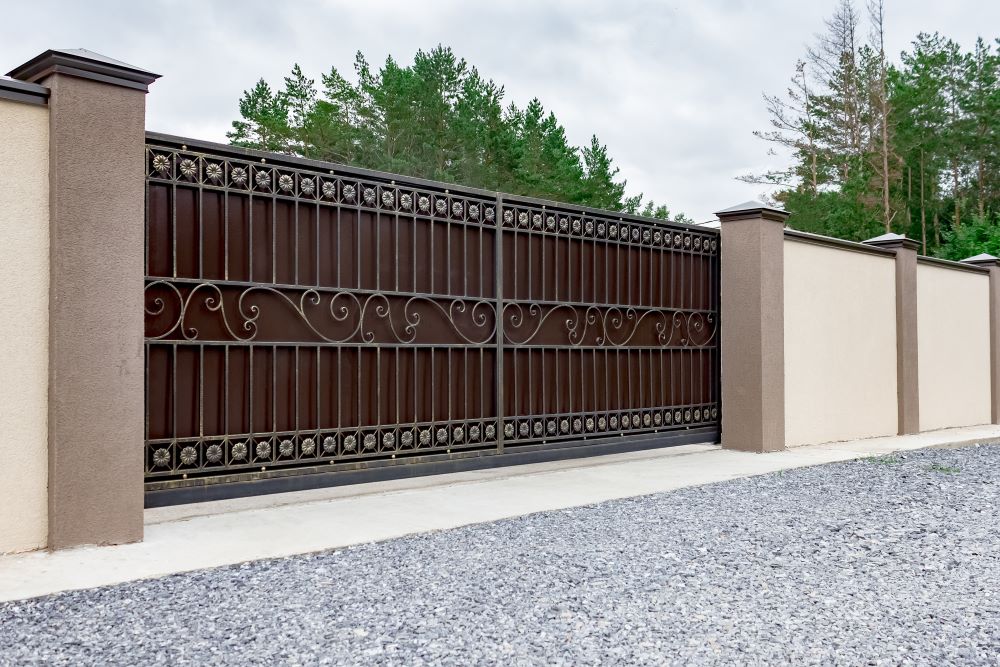
Perimeter Wall Made Easy with Exterior Designs
\"Unleash your inner designer with our exclusive look into the world of design. Join us as we explore various design styles, techniques, and trends, providing inspiration for your own creative projects. Get ready to transform your space into a personalized oasis.\"
The Perimeter Wall: A Complete Guide
\"Embark on an exciting journey with our comprehensive guide as we navigate you through various aspects of your interest. From step-by-step instructions to valuable tips and tricks, our guide will empower you to master new skills, conquer challenges, and find success in your chosen endeavor.\"
Types of Perimeter Walls
Perimeter walls come in various forms, each serving specific purposes and offering different benefits. Understanding these types can help in selecting the appropriate wall for a particular need or aesthetic preference.
- Masonry Walls: Constructed from materials such as bricks, stones, or concrete blocks, masonry walls are known for their strength, durability, and fire resistance. They offer a traditional appearance and can be designed in various styles.
- Concrete Walls: These include poured concrete or precast concrete walls. They are highly durable and offer significant resistance to weather and fire. Concrete walls can be used for both security and privacy.
- Metal Fences: Including materials like iron, steel, and aluminum, metal fences are used for both security and aesthetic purposes. They range from simple chain-link fences to ornately designed wrought iron barriers.
- Wooden Fences: Wooden fences offer a natural and traditional look. They are versatile and can be customized easily but require regular maintenance to prevent weathering and decay.
- Composite Fencing: Made from a mixture of wood and plastic, composite fencing offers the appearance of wood but with increased durability and lower maintenance requirements.
- Living Walls: Also known as green walls, these are made using plants and vegetation. They provide environmental benefits, improve air quality, and enhance aesthetic appeal.
- Wire Fencing: Including barbed wire and razor wire, these are primarily used for security purposes in commercial and restricted areas.
Each type of perimeter wall has its unique characteristics and suitability, depending on the location, security needs, aesthetic preferences, and budget considerations.

Construction and Design Variations
The construction and design of perimeter walls vary widely based on their intended purpose, location, and aesthetic considerations. Here are some key variations:
- Material Selection: The choice of materials significantly influences the wall\"s durability, maintenance needs, and appearance. Common materials include brick, stone, concrete, metal, wood, and composites.
- Structural Design: The structural design can range from simple and straightforward to complex patterns, depending on the architectural requirements and the level of security needed.
- Aesthetic Features: Design elements like color, texture, and pattern play a critical role in how the wall complements the surrounding environment and architecture.
- Height and Thickness: These dimensions are crucial for the wall\"s effectiveness in providing privacy and security. Local regulations may also influence these aspects.
- Integration with Technology: Modern walls can incorporate technology such as surveillance cameras, motion sensors, and automated gates for enhanced security.
- Environmental Considerations: Eco-friendly designs include features like living walls or the use of sustainable materials to minimize environmental impact.
- Customization for Specific Needs: Walls can be customized for specific needs such as sound barriers, windbreaks, or to support specific landscaping elements.
These variations allow for a high degree of customization, ensuring that perimeter walls not only serve their functional purpose but also enhance the aesthetic and practical value of the property they encircle.
Cost Considerations
When planning the construction of a perimeter wall, several cost factors need to be considered to ensure the project stays within budget while meeting all necessary requirements.
- Material Costs: The choice of material is a significant cost factor. Brick, stone, and concrete tend to be more expensive than materials like wood or chain-link fencing.
- Labor Expenses: The complexity of the wall\"s design and the chosen material can impact labor costs. Custom designs and heavy materials like stone may require specialized labor, increasing costs.
- Size and Scale: The total length and height of the wall contribute to the overall cost. Taller and longer walls require more materials and labor.
- Site Preparation: Preparing the site for construction, including clearing land and laying foundations, can add to the cost, especially if the terrain is challenging.
- Permits and Regulations: Obtaining the necessary permits and ensuring the wall meets local building codes can incur additional costs.
- Maintenance and Upkeep: Long-term maintenance costs for repairs, painting, or sealing should be factored in, especially for materials like wood that require more upkeep.
- Additional Features: Incorporating features such as gates, security systems, or decorative elements can further increase the budget.
Understanding these factors and getting detailed estimates can help in effectively planning and budgeting for the construction of a perimeter wall.
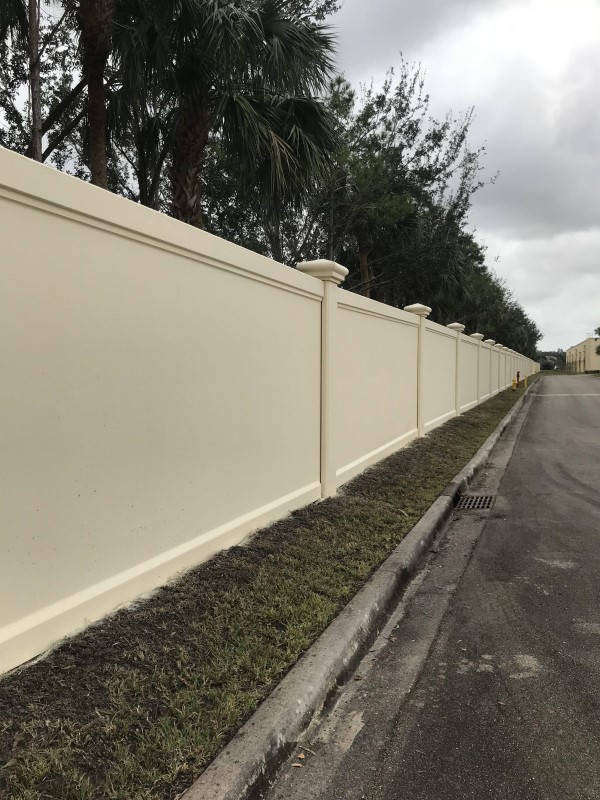
_HOOK_
Security Enhancements and Features
Enhancing the security of a perimeter wall involves integrating various features and technologies. These enhancements not only deter unauthorized access but also provide peace of mind for property owners.
- Surveillance Systems: Installing cameras along the wall can provide continuous surveillance and deter potential intruders. Modern systems offer remote monitoring capabilities.
- Alarm Systems: Alarms can be integrated to alert property owners or security personnel of any breach or suspicious activity along the wall.
- Reinforced Materials: Using materials like reinforced concrete or metal can make walls more resistant to forceful entry.
- Barbed Wire or Razor Wire: Adding these elements atop walls can be an effective deterrent against climbing.
- Motion Sensors: These sensors can detect movement along the wall and trigger alarms or lights.
- Automated Gates: Including automated and secure gates in the wall design allows for controlled access to the property.
- Anti-Climb Paint: This special paint remains slippery and makes it difficult for intruders to gain a foothold.
- Landscaping Elements: Strategic landscaping like thorny bushes or dense hedges can provide an additional natural barrier.
By incorporating these security features, a perimeter wall becomes more than just a boundary marker; it becomes an active component of a property\"s security system.
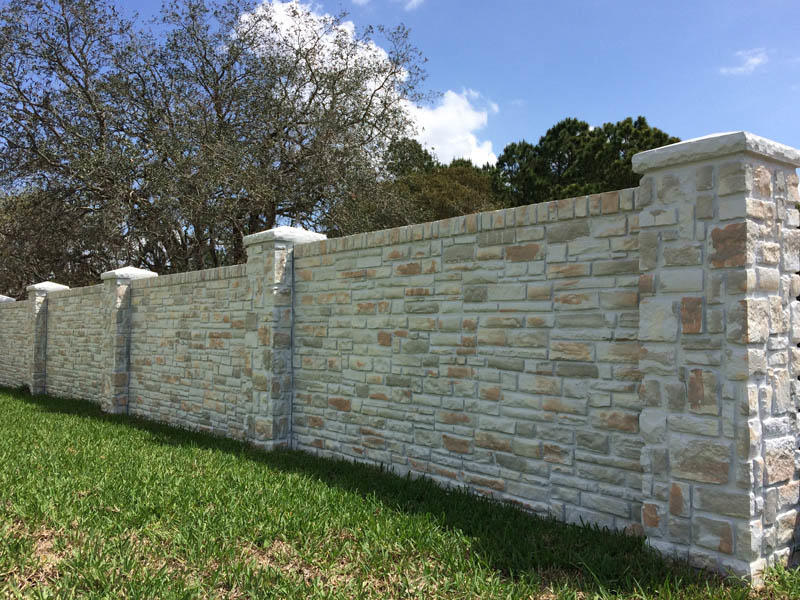
Regulatory and Legal Considerations
When constructing a perimeter wall, it\"s essential to consider various regulatory and legal factors to ensure compliance and avoid future complications.
- Local Building Codes: Adherence to local building codes is crucial. These codes dictate the permissible height, materials, and sometimes the aesthetic aspects of perimeter walls.
- Zoning Laws: Zoning regulations may impact where a wall can be built, especially in residential versus commercial areas.
- Permits: Obtaining the necessary permits before construction begins is vital to avoid legal issues and ensure that the wall meets all regulatory standards.
- Property Lines: Accurate determination of property lines is essential to prevent disputes with neighbors and ensure that the wall is built on the correct premises.
- Environmental Regulations: In some areas, environmental considerations, such as runoff or wildlife impact, may need to be assessed.
- Historical Preservation: If the property is in a historical district or near a significant site, additional regulations may govern the wall\"s appearance and construction.
- Neighbor Considerations: In many regions, laws require notifying or even getting consent from neighbors for constructions that may affect their property.
Understanding and complying with these regulatory and legal considerations is essential for a smooth construction process and to avoid future legal issues.
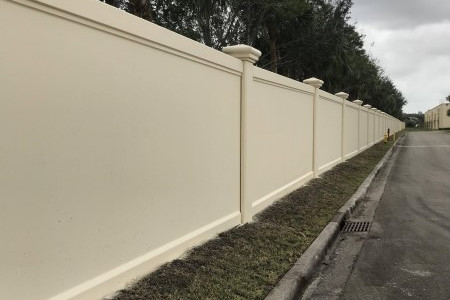
Maintenance and Upkeep
Regular maintenance and upkeep are essential for ensuring the longevity and effectiveness of perimeter walls. Proper care can prevent deterioration and ensure that the wall continues to serve its intended purpose.
- Regular Inspections: Routine inspections can help identify potential issues like cracks, erosion, or damage from environmental factors. Early detection can prevent more significant problems and costly repairs.
- Cleaning and Sealing: Periodic cleaning to remove dirt, debris, and mildew is important, especially for walls made of materials like stone or concrete. Sealing can help protect against weathering.
- Repairing Damages: Promptly repairing any damage, such as filling cracks or replacing broken parts, is crucial to maintain the structural integrity of the wall.
- Pest Control: Regular checks for pests, such as termites in wooden walls, can prevent extensive damage and maintain the wall\"s strength.
- Painting and Finishing: For walls with a painted or finished surface, periodic repainting or refinishing is necessary to keep the wall looking fresh and to provide a protective coating.
- Vegetation Management: Keeping the area around the wall clear of overgrown vegetation can prevent damage from roots and moisture retention.
- Weatherproofing: In areas with extreme weather conditions, additional weatherproofing measures may be required to protect the wall from elements like heavy rain, snow, or extreme temperatures.
Maintaining a perimeter wall is a continuous process that, when done correctly, can significantly extend the wall\"s lifespan and functionality.

Modern Trends and Innovations
The field of perimeter wall design and construction is continually evolving, with new trends and innovations emerging to meet the changing needs of security, aesthetics, and environmental sustainability.
- Sustainable Materials: There is a growing trend towards using eco-friendly materials such as recycled plastics, sustainably sourced wood, and eco-concrete, which have a lower environmental impact.
- Smart Security Features: Integration of technology such as motion sensors, facial recognition cameras, and automated alert systems is becoming more common, enhancing security capabilities.
- Green Walls: Incorporation of living walls or vertical gardens is gaining popularity, providing not only aesthetic appeal but also environmental benefits like improved air quality and biodiversity.
- Customizable Designs: Advances in manufacturing techniques allow for more customizable designs, enabling walls to be tailored to specific architectural styles and personal preferences.
- Energy Efficiency: Innovations include integrating solar panels into wall structures, making them a source of renewable energy while maintaining their primary function.
- Adaptive Use: There is a focus on designing perimeter walls that can adapt to various uses, such as incorporating seating or storage spaces, especially in urban environments.
- Enhanced Durability: New materials and construction methods are being developed to increase the durability and longevity of walls, reducing the need for frequent maintenance.
These modern trends and innovations reflect a shift towards more versatile, sustainable, and technologically integrated perimeter wall solutions, catering to contemporary needs and challenges.
Environmental Impact and Sustainability
Environmental impact and sustainability are increasingly important considerations in the construction and maintenance of perimeter walls. The focus is on minimizing ecological footprints while maintaining functionality and aesthetics.
- Use of Sustainable Materials: Using eco-friendly materials like recycled metal, sustainable wood, or bio-based composites helps reduce environmental impact.
- Energy Efficiency: Incorporating energy-efficient designs, such as solar panels or green roofing, can make perimeter walls part of a property\"s sustainable energy solution.
- Water Management: Designing walls with features for rainwater harvesting or proper drainage can contribute to effective water management and reduce runoff issues.
- Reducing Carbon Footprint: Choosing locally sourced materials and employing construction methods that reduce carbon emissions contribute to a smaller carbon footprint.
- Biodiversity Enhancement: Integrating living walls or planting native vegetation around perimeter walls can enhance local biodiversity and provide habitats for wildlife.
- Reducing Light Pollution: Thoughtful placement and design of lighting elements in and around perimeter walls can help minimize light pollution.
- Recyclability and Reusability: Using materials that are recyclable or reusable ensures that the wall can be repurposed or recycled at the end of its life cycle, reducing waste.
By considering these environmental factors, perimeter walls can be constructed and maintained in a way that aligns with sustainable practices and contributes positively to the surrounding environment.
_HOOK_
READ MORE:
Case Studies and Real-World Applications
Perimeter walls have diverse applications in various fields and environments. Exploring case studies and real-world examples helps in understanding their practicality and versatility. Here are some instances:
- Residential and Commercial Construction: In both residential and commercial constructions, perimeter walls play a vital role in defining property boundaries, enhancing security, and contributing to the overall aesthetic appeal. For example, in timber wall construction, life cycle environmental and energy assessments have been a focus, highlighting the sustainability aspect of such constructions.
- Gardening and Landscaping: Perimeter walls or fences are crucial in gardening for protecting plants from animals and external harm. They also help in defining the gardening space, contributing to the landscape design.
- Property Surveying: In surveying, determining the precise dimensions of property boundaries is essential. Perimeter walls mark these boundaries, making them critical in the surveying process.
- Historical and Cultural Sites: Many historical sites use perimeter walls to protect and demarcate the area. These walls often have cultural significance and are part of heritage conservation efforts.
- Urban Planning and Development: In urban areas, perimeter walls are used around residential complexes, parks, and other public spaces for security and to define areas within the urban landscape.
These case studies demonstrate the multifaceted uses of perimeter walls, ranging from practical applications in construction and landscaping to their roles in historical preservation and urban development.
Exploring the multifaceted world of perimeter walls reveals their vital role in security, aesthetics, and environmental sustainability, underscoring their significance in our urban and rural landscapes.



